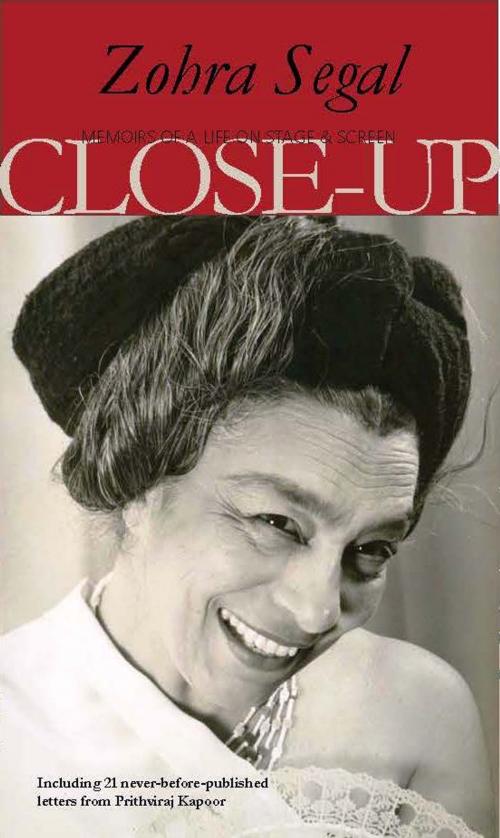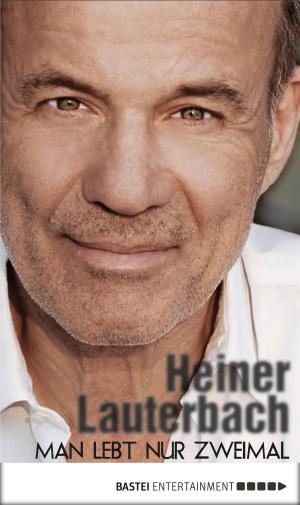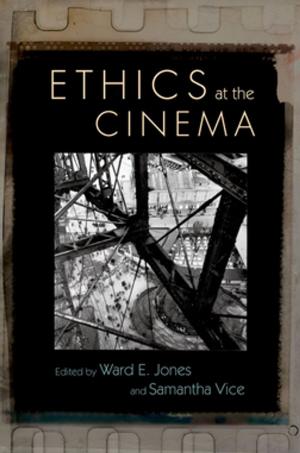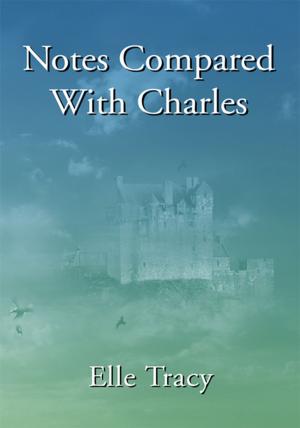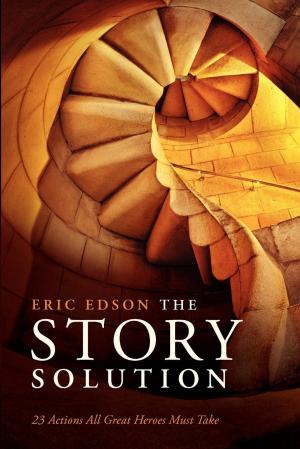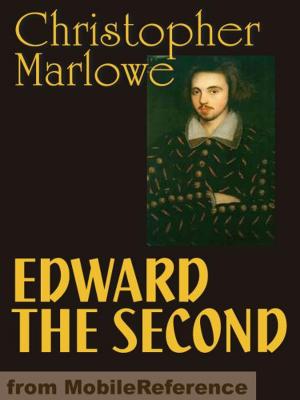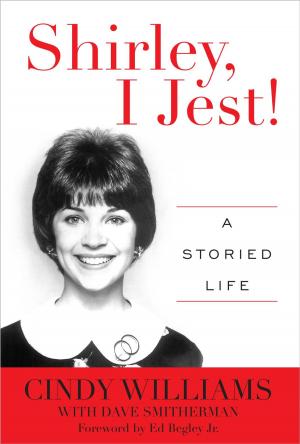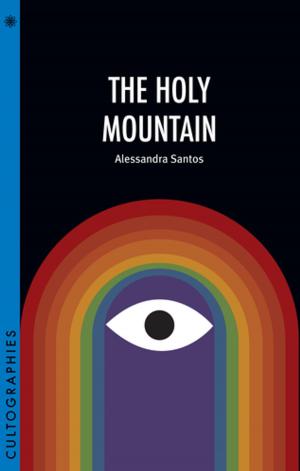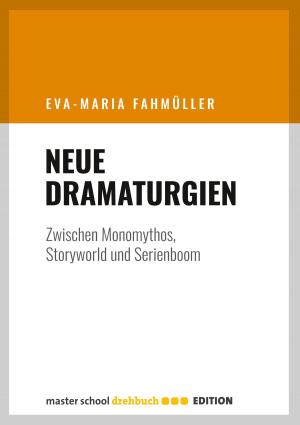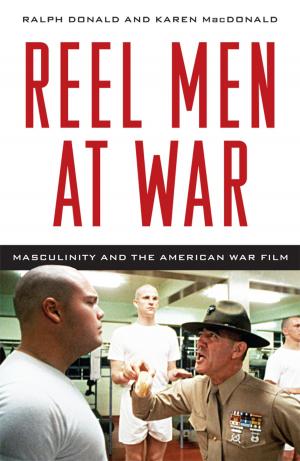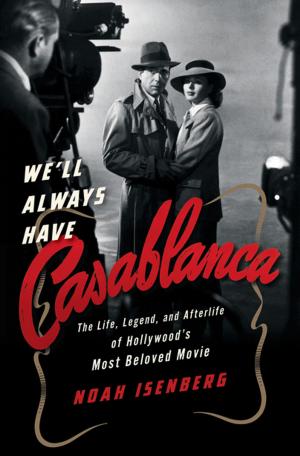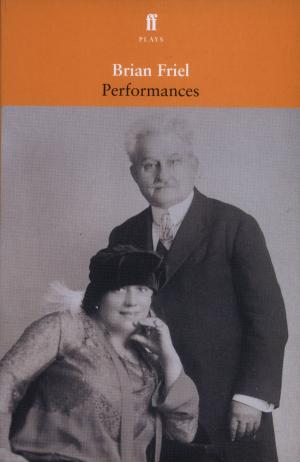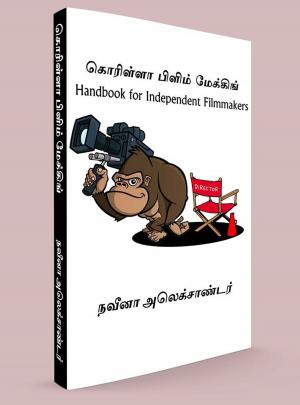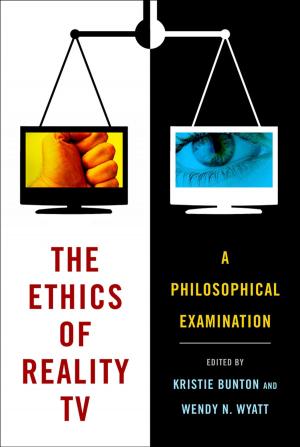| Author: | Zohra Segal | ISBN: | 9789385606052 |
| Publisher: | Women Unlimited | Publication: | December 15, 2009 |
| Imprint: | Language: | English |
| Author: | Zohra Segal |
| ISBN: | 9789385606052 |
| Publisher: | Women Unlimited |
| Publication: | December 15, 2009 |
| Imprint: | |
| Language: | English |
Zohra Segal’s no-holds-barred memoir is feisty, irreverent and candid — a ringside view of nearly a hundred years of her life on stage and screen, in India and England. In 1930 Zohra Segal struck out and went to Germany to study modern dance at Mary Wigman’s Dance School in Dresden. It was a most unusual decision — and a most unusual choice of career for an aristocratic young Indian woman. But then, Zohra was nothing if not unusual. In 1933 she returned to India, and in 1935 joined Uday Shankar’s famed dance academy in Almora, together with Simkie and fellow dancer, Kameshwar, whom she married in 1942. On to Lahore and the Zoresh Dance Institute — and then her big move into acting: Prithvi Theatres, the Old Vic, the British Drama League, BBC television, The Jewel in the Crown, Toba Tek Singh, Bhaji on the Beach…Along the way she recounts her encounters with the greats of British theatre in the 1960s and ’70s — Sir Laurence Olivier, Sir Tyrone Guthrie, Fiona Walker, Priscilla Morgan and James Kerry among others — as well as her early forays into British television with Waris Hosain.In this unputdownable memoir, Zohra Segal recreates her life as one of India’s greatest and best-loved stage and screen actresses with the same verve and spirit that she brings to all her performances. As she says, “Whatever I do, is for an audience!”Zohra Segal: Among the many honours and awards that have been conferred on Zohra Segal are the Sangeet Natak Akademi Award (1963); the Norman Beaton Award for “significant contribution to the development of multicultural film and television drama in the United Kingdom” (1996); the Padma Shri (1998); the Sangeet Natak Akademi Fellowship for Lifetime Achievement (2004); and the Padma Vibhushan (2010).
Zohra Segal’s no-holds-barred memoir is feisty, irreverent and candid — a ringside view of nearly a hundred years of her life on stage and screen, in India and England. In 1930 Zohra Segal struck out and went to Germany to study modern dance at Mary Wigman’s Dance School in Dresden. It was a most unusual decision — and a most unusual choice of career for an aristocratic young Indian woman. But then, Zohra was nothing if not unusual. In 1933 she returned to India, and in 1935 joined Uday Shankar’s famed dance academy in Almora, together with Simkie and fellow dancer, Kameshwar, whom she married in 1942. On to Lahore and the Zoresh Dance Institute — and then her big move into acting: Prithvi Theatres, the Old Vic, the British Drama League, BBC television, The Jewel in the Crown, Toba Tek Singh, Bhaji on the Beach…Along the way she recounts her encounters with the greats of British theatre in the 1960s and ’70s — Sir Laurence Olivier, Sir Tyrone Guthrie, Fiona Walker, Priscilla Morgan and James Kerry among others — as well as her early forays into British television with Waris Hosain.In this unputdownable memoir, Zohra Segal recreates her life as one of India’s greatest and best-loved stage and screen actresses with the same verve and spirit that she brings to all her performances. As she says, “Whatever I do, is for an audience!”Zohra Segal: Among the many honours and awards that have been conferred on Zohra Segal are the Sangeet Natak Akademi Award (1963); the Norman Beaton Award for “significant contribution to the development of multicultural film and television drama in the United Kingdom” (1996); the Padma Shri (1998); the Sangeet Natak Akademi Fellowship for Lifetime Achievement (2004); and the Padma Vibhushan (2010).
